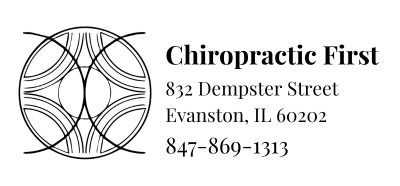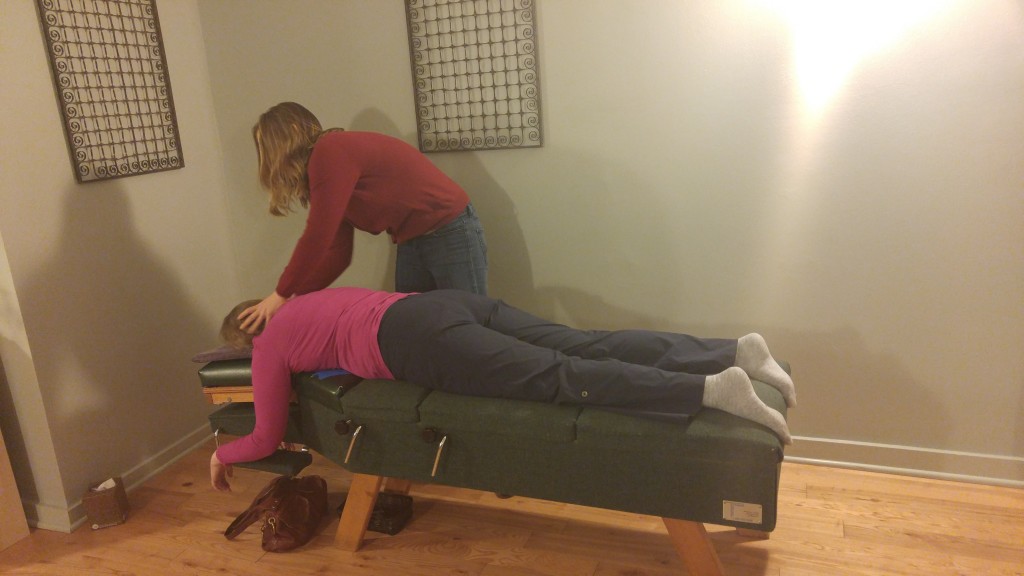Sometimes Pain is Just a Habit
No matter where Ann injures herself, the pain always goes to the top of her neck. Last week she came to get adjusted after she had minor surgery on her thigh. I spent most of her adjustment working on her upper neck and the base of her skull. She’s not alone in that experience. There is probably one part of your body that always seems to be the most likely to feel pain.
Sometimes I call it the “junk drawer” of your body. It’s where all pain seems to end up. All the bits of stress and tension and pain gravitate toward that one area. It may feel like the weak link in your body.
In reality, that part of your body has some of the strongest neurological pain pathways.
Pain is, in part, a learned behavior. It is not just a response to a physical injury. It is created by a combination of physical events, memory of past events, emotions and biochemistry. Your body learns what is dangerous, and when it thinks there is danger, it creates pain. The problem for most of us is that one part of our body learns to create pain a little too well.
In the case of your “junk drawer,” the nerves are too used to creating pain. At some point creating pain just becomes a habit for them. No matter what input they receive, no matter where an injury actually is, those nerves are just so used to creating pain that they start doing it.
In the case of Ann, it’s not that her neck is actually injured. It’s that her neck had become habituated to pain. It creates pain the way I check Facebook. Not because I need to or because something important might be happening, but because it’s a mindless habit. It’s a thing that I do, so I just do it for no good reason far, far more than is necessary.
Doctors don’t totally understand why some people are more likely to create pain habits than others. We don’t know why some parts of our bodies create pain habits. But we can see that sometimes creating pain is just a mindless habit that our bodies get into.
How do we stop that pain habit? We give our nerves something else to do! I call it the Awareness Model of Pain reduction, and it includes motion, exercise, improving fine motor skills and balance. You can increase the amount of things that part of your body touches and senses, you can do anything that requires your brain to pay attention to that part of your body to cause it to change the habit. I have a series of exercises and videos on the Awareness Model (Foundational Care Module 2 and Foundational Care Module 3) that will give you more information and more ideas on how to stop the pain habit.





No comments yet.